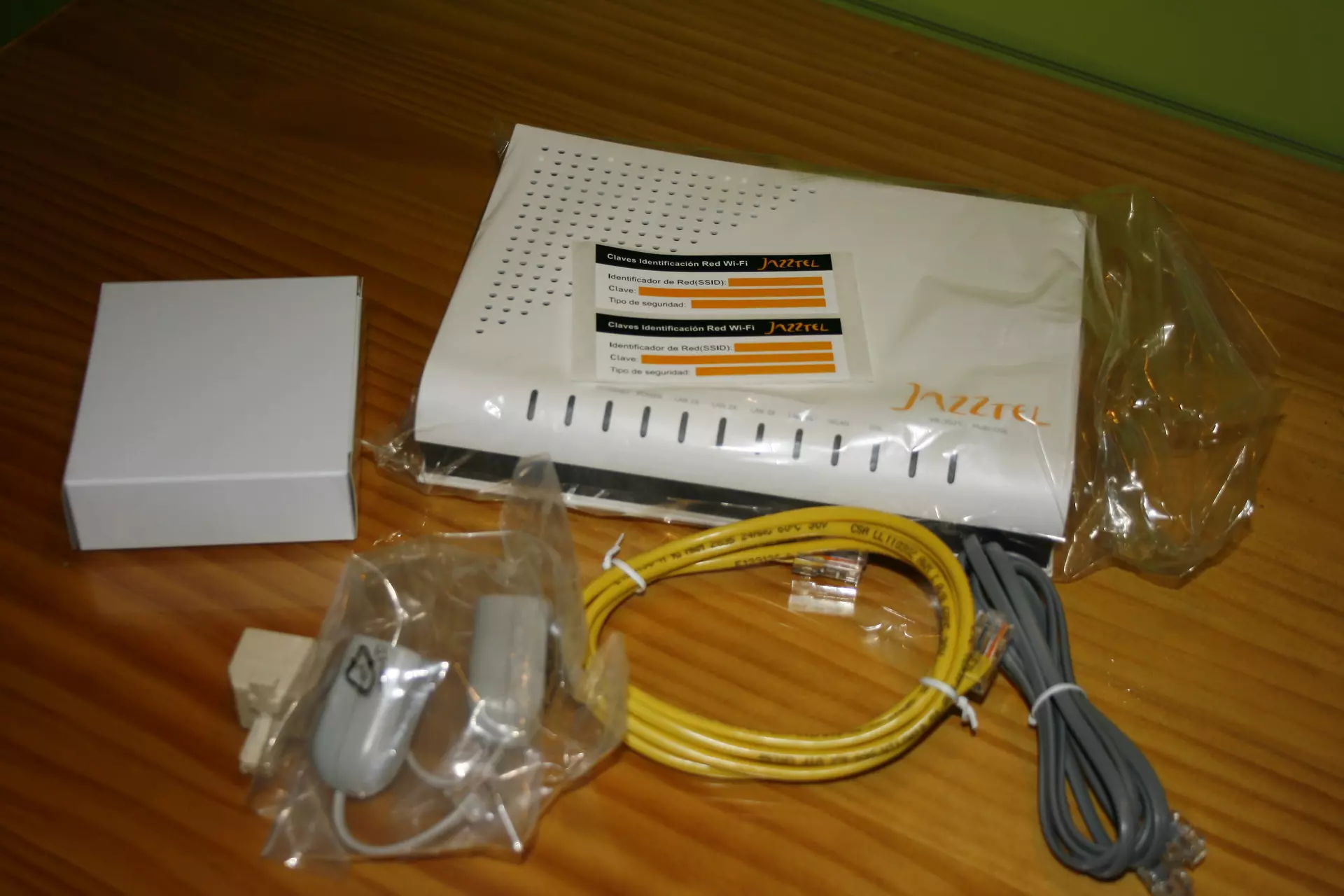
Spam is very common
We all receive e-mails that end up in the spam tray. These are generally misleading advertising, attempted Phishing attacks and any other email that we are not really interested in and that could even affect the proper functioning of the equipment.
Email providers have filters to be able to detect these types of messages. They use different characteristics to determine when to send an email to the spam tray and when it can be correctly delivered for the user to read.
This that we mentioned is very important, since it will not only prevent our inbox from being always full of junk emails, but it will also prevent us from suffering attacks. Let’s imagine that all dangerous emails, containing malware or used to steal passwords, reached their destination. They could put many inexperienced users at risk who end up clicking a link they shouldn’t or downloading some dangerous file.
Therefore, we can say that junk email is very common, but luckily not all of them will reach our tray. Modern providers have filters better and better prepared for this to happen.
Why an e-mail reaches the spam tray
Now, the problem comes when an email we send ends in the spam tray from the recipient without actually being a security threat. This could prevent an important email from being read correctly.
It is something that can happen on certain occasions. It can affect both private users and companies that need to send a lot of emails constantly. There are certain factors that could cause this to happen and we are going to describe them to be aware of it and to be able to avoid them.
The IP may be on a spam list
It could happen that we are using a IP adress shared and previously used to send Spam. This can cause the email providers to whom we are sending an email to interpret that this particular message may be junk.
It is very common for this to happen if we are sending mass emails through a marketing service. They are widely used by companies and organizations to reach their customers. It is possible that the same service was used to send spam and therefore the IP address has ended up on a black list.
Use of certain words
This is one of the most common causes also among home users. We may inadvertently be sending an e-mail with a subject that is detected as spam. If we put any word from a platform like Amazon, some message of the type “Click here” or “promotion” this situation would occur.
It may be that our intention is simply to send an email to a friend to inform them of a promotion that we have found to buy a product and we tell them to click there. It really is a personal e-mail, without any intention of affecting any user. However, the security filter of that provider we are sending to can detect it as a problem.
Use of symbols or exclamations
Something similar could happen if we abuse certain symbols and exclamations. Also if we write the subject of the message in capital letters we could have more problems so that it actually reaches the inbox than it should.
In this case, you also have to take care of the body of the message and not just the subject of it. If, for example, we fill the text with exclamation points, capital letters and words that simply encourage you to click or open something, it could be considered as spam and never reach the recipient.
We have diffuse information in our e-mail
Have we correctly configured the information for our email address? This is especially important if we are a company and we want to reach our users or customers well without them suspecting that the address has been used to launch Spam campaigns.
If we have diffuse or incomplete information, something that may even seem unreal, could seriously affect the credibility of our account. This, once again, would cause email providers to block our mail and not finish reaching the recipient.
The email carries suspicious links
Of course, we must also keep in mind the possibility that we have put too many links or that they lead to pages that may be suspicious. Logically if we have a link to an insecure website, which contains malware or any type of attack such as Phishing, could be detected.
The advice in this case would be to avoid that the email we are sending has too many links. It is essential that we only put text and that there are not many links that could make the e-mail provider suspect that it could be a threat to the recipient.
The message contains too many images
It could happen that when sending an email we put too many images and little text. This, in the face of spam filters, could be another sign that it is really a junk e-mail and therefore it would end up in the corresponding tray.
It is important that we take this issue into account, since if the ratio between images and text is not adequate and we put too many photographs we could have problems. Hence, we must control this point as well and thus reduce the risk that our e-mail does not arrive where it should.
Excess attachments
One more cause is attach too many files. You may interpret that it is some type of malware, mail that can send files full of abusive advertising or any other problem that compromises the users of that platform.
Therefore, if we see that our email ends up in a Spam tray, it would be important to check if we have sent too many attachments and, if so, look for other methods, such as uploading them to the cloud and simply sending the link to that folder. .
In short, these are some of the main reasons why a legal, safe and non-threatening email ends up in the Spam tray. This could happen to both home users and any business or organization.




